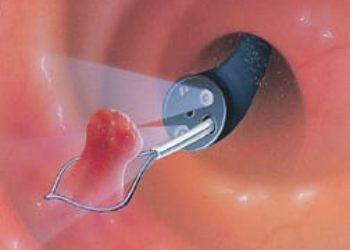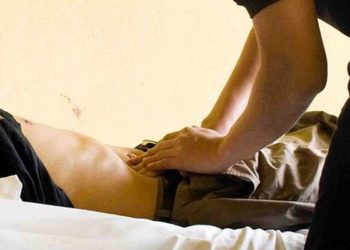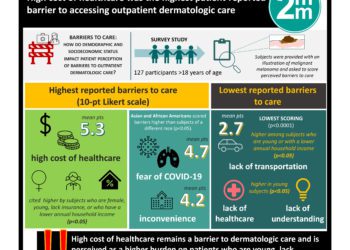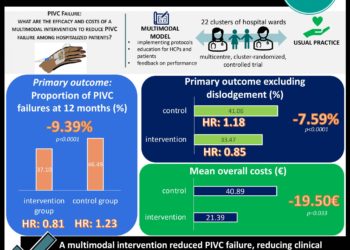Rising price of health services drove increase in US health care spending
1. This ecological study found that between 1996-2013, annual US health care spending was largely related to increases in health care service price and intensity.
2. In addition, increased US health care spending was positively associated with population growth and aging, with the top health condition being diabetes.
Evidence Rating Level: 2 (Good)
Study Rundown: Health care spending in the United States in higher than any other country and continues to increase – total spending in 2015 reached $3.2 trillion and constituted 17.8% of the US economy. There is discussion around US policies to help address this issue, and this study aimed to identify the factors associated with increased health care expenditures. Researchers analyzed two detailed databases of US health care spending and found that overall expenditures increased by $933.5 billion from 1996 to 2013. Service price and intensity of care were associated with more than 50% of the spending increase. The health conditions associated with the most increases in health care spending were diabetes followed by lower back and neck pain.
This study suggests that increases in health care spending between 1996 and 2013 were driven primarily by increases in price and care intensity. However, there are a few limitations to the study. First, the expenditure estimates from the Disease Expenditure project were not separated by payer, meaning that it was not possible to segregate the price that public payers and private payers see. Second, this study was a snapshot of the data on spending and disease burden at the national level; it would be useful to understand the state-to-state variation in healthcare spending to provide important evidence for policymakers acting at subnational levels.
Click to read the study in JAMA
Relevant Reading: A Systemic Approach to Containing Health Care Spending
In-Depth [ecological study]: This ecological study analyzed data from two main sources: the US Disease Expenditure 2013 project and the Global Burden of Disease 2015 study, with the purpose of analyzing the factors associated with increased health care spending between 1996 and 2013. Initially, the relationship between population size/age structure and spending growth were explored as well as the spending per prevalent case in each health condition category. For each of the 155 health conditions considered, 36 age and sex groups, 6 types of care, and 18 years of the study, 5 variables were constructed: the total US population, the fraction of the population living in each age and sex group, the disease prevalence/incidence, service utilization, and the service price/intensity. The final data set included yearly estimates of all 5 factors between 1996 and 2013, and these factors were implemented in an equation linking the factors to health care spending.
The analyses showed that inflation-adjusted spending on inpatient, ambulatory, retail, pharmaceutical, nursing facility, emergency department, and dental care increased at an annual rate of 3.5%, from $1.2 trillion to $2.1 trillion between 1996 and 2013. The greatest annual growth rates were emergency department care and retail pharmaceutical spending, at 6.4% and 5.6% respectively. The health condition with greatest absolute increase in spending was diabetes, which increased at an annual rate of 6.1% (uncertainty interval, 5.3% to 7.0%), or $64.4 (UI, $57.9 to $70.6) billion, with most of the increase being due to retail pharmaceutical spending. The second largest spending of health conditions was low back and neck pain, increasing at an annual rate of 6.5% (UI, 5.3% to 7.7%), or $57.2 (UI, $47.4 to $64.4) billion, with the spending being concentrated in ambulatory and inpatient care. There were also notable spending increases in treatment of hypertension, hyperlipidemia, and depressive disorders. Service utilization was associated with much larger increases in the 65 years and older age group ($42.1 [UI, $33.5 to $51.6] billion of the $74.3 [UI, $70.9 to $77.5] billion increase in pharmaceutical spending), compared with ages younger than 65 years ($33.9 [UI, $20.4 to $47.2] billion of the $100.4 [UI, $97.2 to $103.7] billion increase).
Image: PD
©2017 2 Minute Medicine, Inc. All rights reserved. No works may be reproduced without expressed written consent from 2 Minute Medicine, Inc. Inquire about licensing here. No article should be construed as medical advice and is not intended as such by the authors or by 2 Minute Medicine, Inc.






![Adverse pregnancy outcomes associated with thrombophilias [Classics Series]](https://www.2minutemedicine.com/wp-content/uploads/2015/07/Classics-2-Minute-Medicine-e1436017941513-75x75.png)
